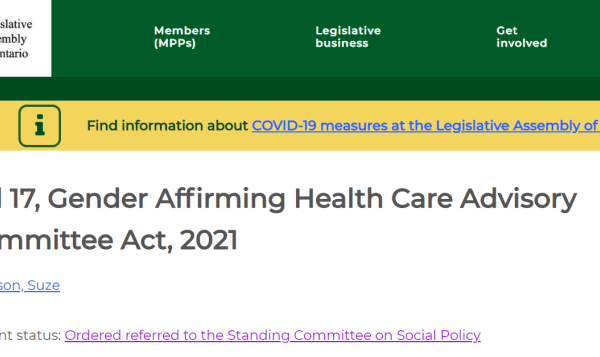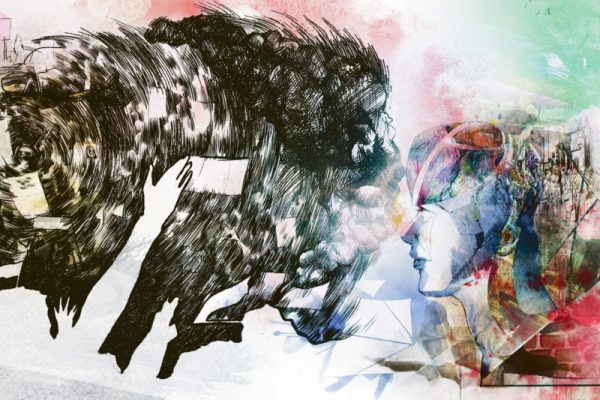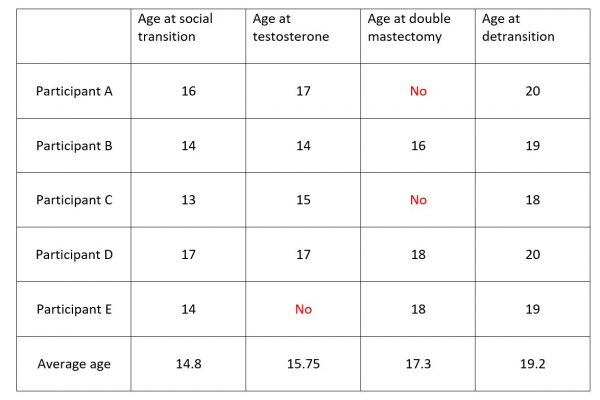In my school building, there have been an awful lot of “courageous,” “uncomfortable,” and “tough” conversations, lately. It started back in September, during our first anti-racist training sessions. They always follow a pattern. First, it’s implied that as members of the oppressor group, we will feel uncomfortable. It’s understood that we cannot withdraw consent, but that’s okay because it’s for the greater good.
Our non-white, and genderqueer colleagues are given more time to talk during these sessions, and no one challenges this convention, since we’re reminded that their voices are the most authentic. Their power is palpable, and we mostly do what we are told, which is to sit back, and “listen to our racialized and marginalized peers.” If you’re feeling ill at ease, you’re told that’s a good thing.
What is this new fetishization of making people feel uncomfortable, and why are schools encouraging so much of it? This is part of Critical Pedagogy, with roots going back to the academic Henry Giroux. The discomfort is meant to be transformative; a tool to “reckon with, confront, and genuinely become critical of their privilege.”
The kids in our schools are not spared from this approach, although they are young enough to bring “stuffies” to school and most still have their baby teeth. Naturally, I feel protective of them. Yet, kids this age are increasingly treated like tiny university students attending Cultural Studies classes. They are told they are about to have “challenging conversations,” such as our grade three classroom’s talk about white privilege, or the kindergarten teacher who lines up the students and informs them that some of them have white privilege, while others are victims.
It’s chilling to see certain teachers proudly reenact the professional development techniques from our struggle sessions on elementary school-aged students. It also isn’t surprising, since these teachers are wildly praised by my administration as model instructors for the rest of the school to emulate.
The pressure to conform is intense; nevertheless, not all faculty are fully on board with teaching the DIE (diversity, equity, and inclusion) dogma. As a result, schools are outsourcing some of this instruction to private contractors hired by the board, such as Pflag and Get Real. After a workshop on gender diversity, a parent complained. She respectfully explained that elementary school-aged children are too young to handle concepts like the gender binary, and transgender identities. Her concerns were quickly dismissed, since creating discomfort is the goal, with no regard for the developmental stage of the child.
At my school, the principals are also making sure the kids get their dose of Critical Race and Gender Critical theories. My administrator has subjected my students to yet another difficult conversation. He discussed with them the legacy of slavery and why white people must defer to the lived experiences and wisdom of people of colour. In a bizarre, lengthy non-sequitur, he also explained why black people are the only group allowed to use the dreaded N word. In the past, a robust discussion of how ethnic slurs are hurtful would have been enough. However, according to the pedagogy of discomfort, reasonable conversations no longer suffice. The listeners must feel emotionally assaulted, or they are not doing the work.
His discussion was, as promised, difficult. After he left, one child started to cry; another said he felt scared, because what happens if he utters that dreaded word by accident, especially since he doesn’t even know what that mysterious word is?
I tried to ease their discomfort, by telling them that what matters is that you don’t intentionally harm your peers, and reminded them that they are well-intentioned, kind-hearted kids. I let it slip out that words don’t have magical powers; just do your best to speak honestly and with openness towards each other. I then took them outside to play.
During this surreal cultural moment, it helps to reference our great classical traditions. What are we missing? Sadly, there is no Hippocratic Oath for teachers. Certainly, most people enter this profession with noble intentions. The problem is, some people argue that this harm is necessary, and do so in the service of some utopian vision.
Currently, I’m developing my own version of that ancient Oath. How can I do no harm, especially at a time, when I’m perversely mandated to do so?
It helps to understand that we have no right to monitor, nor attempt to control the inner lives of any human beings, let alone children. We are not entitled to anyone else’s discomfort, and to actively seek it is cruel. That this has become suddenly mainstream should lead us to examine our deeply unwholesome cultural moment, which will accomplish little, beyond collective self-loathing and intolerance.
References:
- Lindsay, James. “Critical Pedagogy,” New Discourses, https://newdiscourses.com/tftw-critical-pedagogy/
The author can be found on Twitter as @teacher_woke, and teaches in Ontario, Canada.




